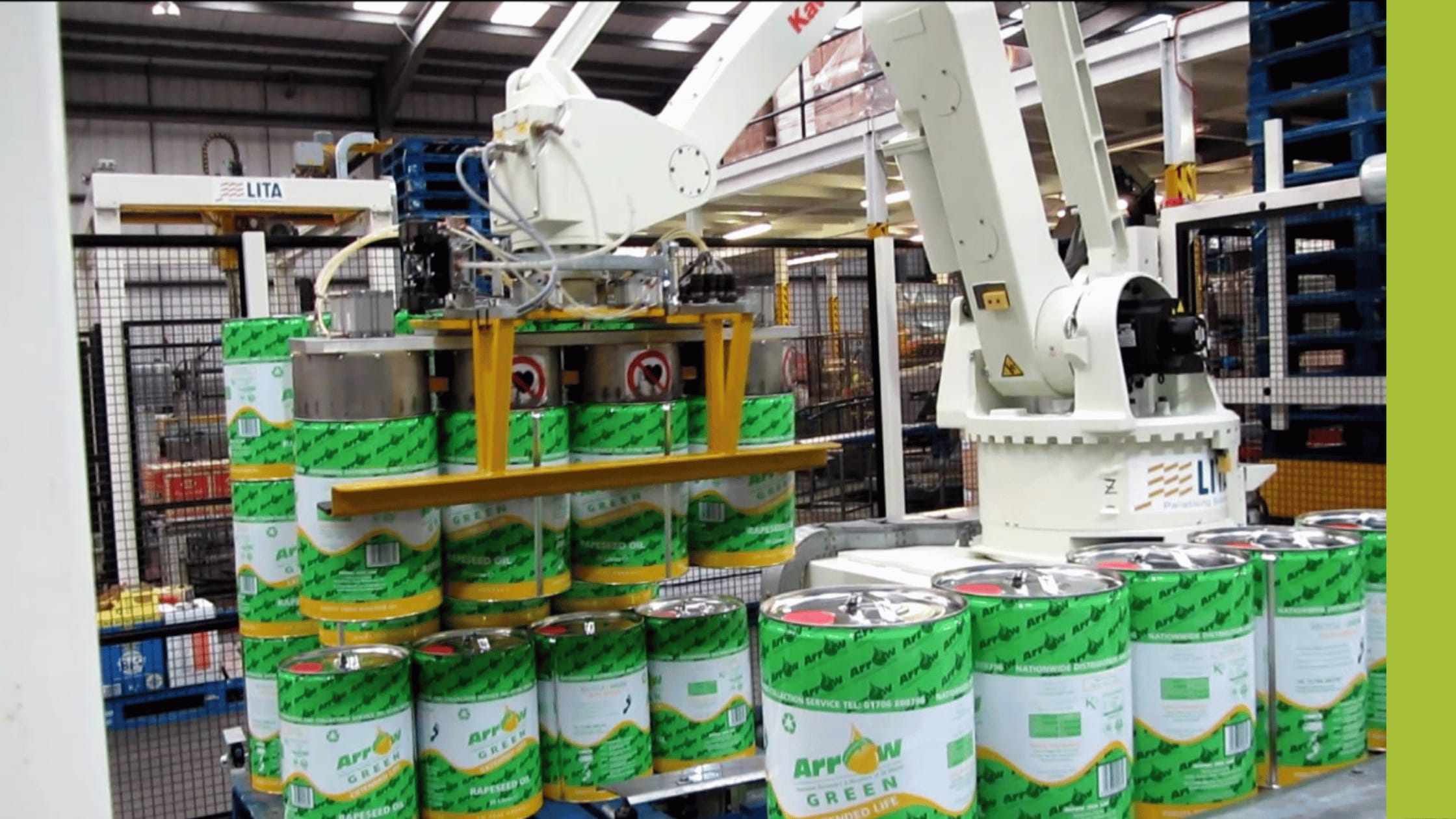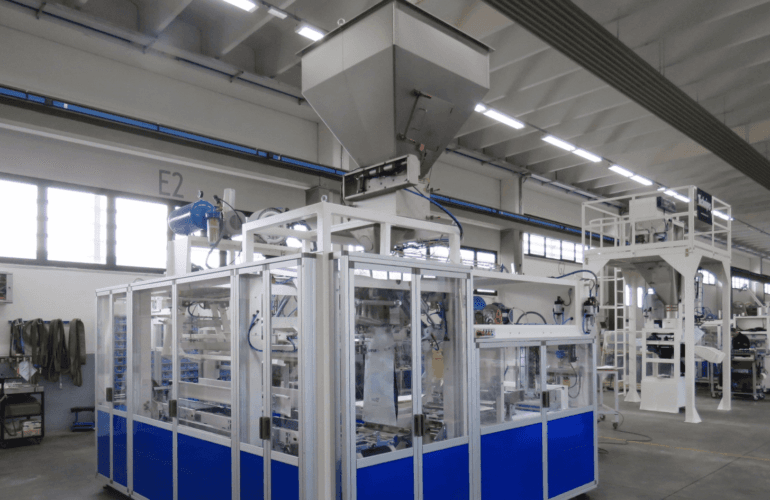Half a million new robots were installed around the world last year – but only 2,054 of those were in the UK, according to the latest International Federation of Robots (IFR) World Robotics Report.
The figures, which show the installation of robots globally is at an all-time high, prove that as a nation, we have some catching up to do when it comes to automation. Just 0.4% of the 517,385 robots installed in factories worldwide were in the UK and while overall installations increased by 31% year-on-year, on home turf they were down by 7%.
Looking more widely, all regions saw strong growth with Asia continuing to dominate. 74% of all installations were in Asian countries and China now installs more industrial robots per year than the rest of the world put together. After a decline in installations in 2020, Europe saw a new peak in 2021, led by Germany, Italy and France which saw growth of 6%, 63% and 11% respectively.
Robots in the UK
But while other European countries are topping the installation table, the UK is falling behind in the use of robots in manufacturing. And this means businesses are missing out on the benefits that automation can bring, from increased productivity to reduced staff absence. If UK manufacturing is to compete on an international stage, this has to change.
While traditionally automation in the UK has been led by the automotive industry, installations in the sector actually reduced by 42% in 2021 and it’s SMEs in other industries that are beginning to drive investment in robotics. This is mirrored in part across the continent: the IFR report states that while demand from the automotive sector was steady, demand from general industry was up by 51%.
Driving demand
This can be attributed to a number of factors.
1. The impact of COVID
During the pandemic, staff shortages as a result of sickness, social distancing and isolation requirements reduced productivity on the factory floor and made the benefits of investing in automation clear. Not only are robots unaffected by lockdowns or illness they’re also a hygienic solution for many production lines.
2. Cost reduction
Robots may be perceived as expensive but as their popularity has grown, so the price has reduced. Further help is also available from the government’s super-deduction incentive on automation machinery, which runs until March 2023, and effectively gives you 25p off your company’s tax bill for every pound you spend on qualifying plant and machinery.
3. Greater flexibility
Now more agile, flexible and adaptable than ever before, today’s robots are lighter and have a smaller footprint too, making it easier to fit them into a production line in even small manufacturing units. They’re also energy efficient and reliable, making them cost-effective to run.
4. Staff shortages
With UK unemployment falling to just 3.6% in the three months to the end of July – its lowest since 1974 – it’s important to ensure that the staff who are available are deployed effectively. Using machines to do repetitive and dull manual handling jobs has many advantages: by freeing up workers to complete other more valuable tasks, it not only reduces the likelihood of manual handling injuries but also improves job satisfaction.
Robotic rollout
Despite, or perhaps because of, local and global uncertainties surrounding energy prices, availability of electronic components and the cost of living crisis, it seems likely that robot installations will continue to rise. Predictions are that globally, installations will reach almost 570,000 in 2022 and as more manufacturers realise the benefits of automation, we expect to see the UK following this growth trend.




